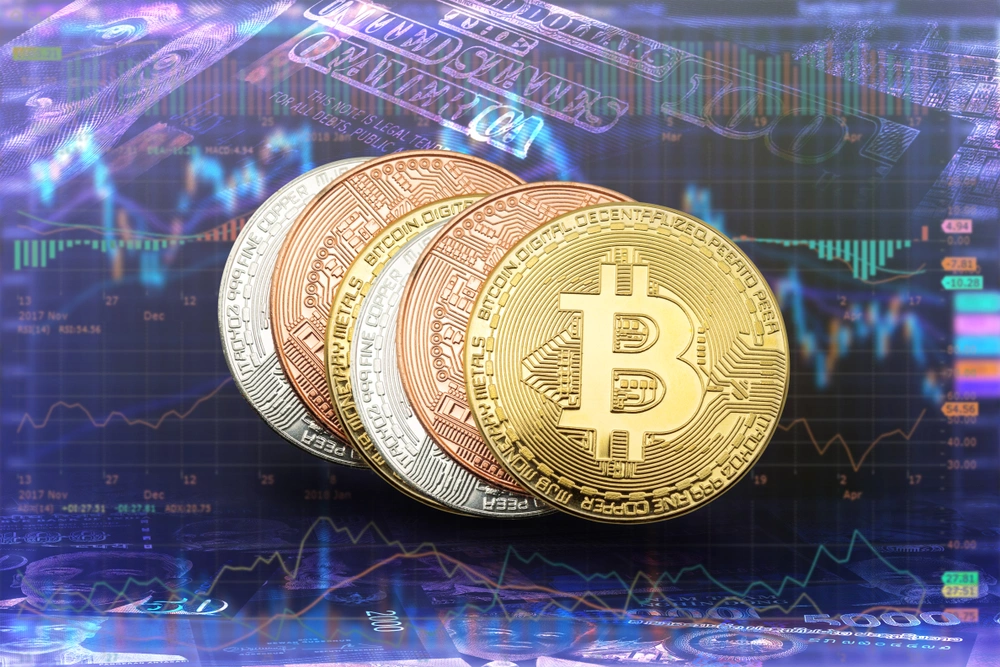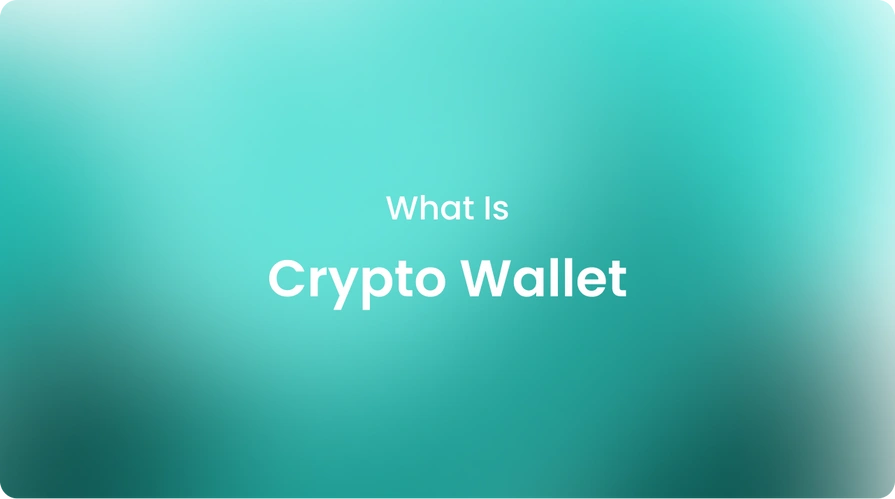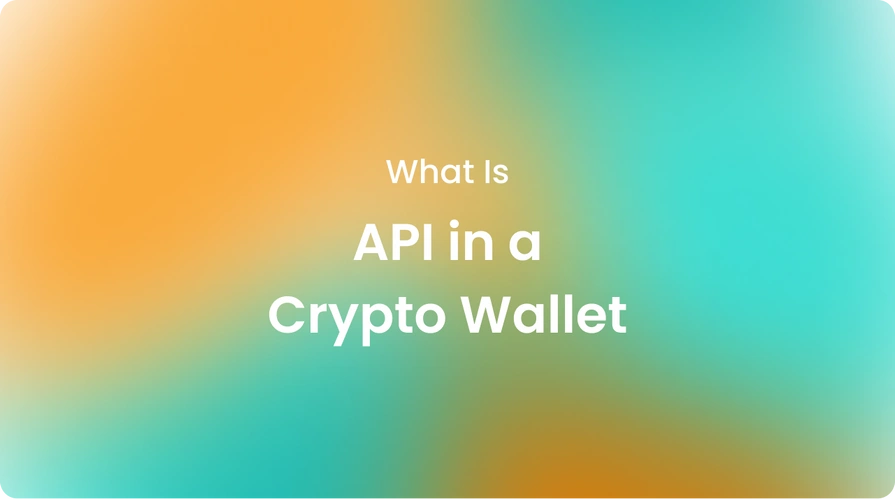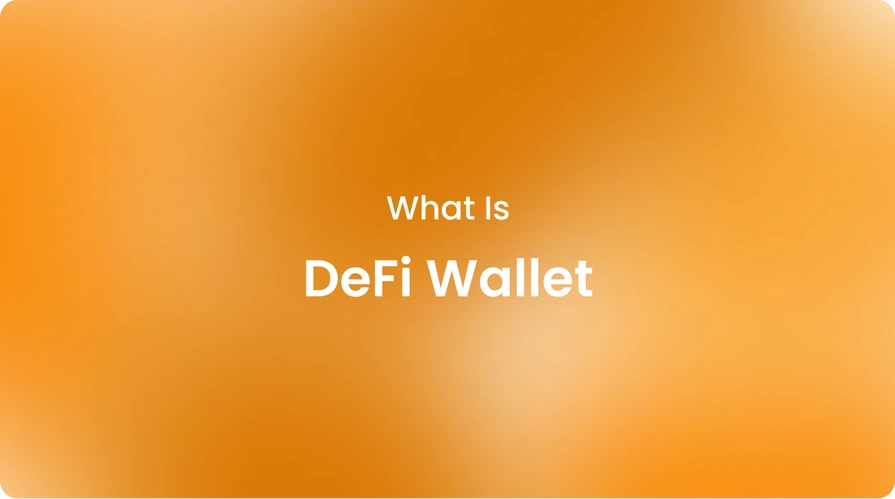|crypto, knowledgehub
Why Is the Crypto Funding Rate Important?
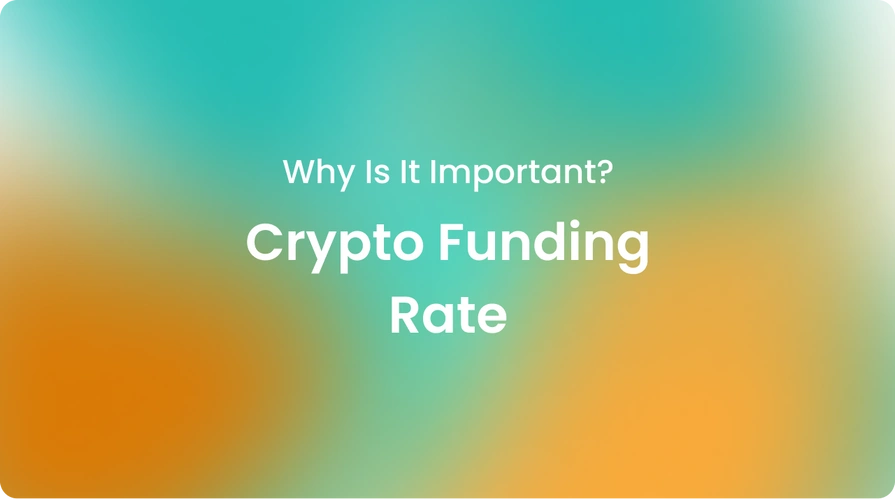
Crypto funding rates have taken an unpredictable journey, especially this year. While at first they saw rapid increases, later half saw them decrease considerably.
Funding rates are an integral component of perpetual swap contracts, or futures contracts, ensuring that their contract price matches up with that of their underlying asset's spot price.
Furthermore, funding rates provide an indication of market sentiment, with positive numbers indicating bullish sentiment and negative numbers signifying bearish ones. Join us in this blog as we explore the crypto funding rate in detail!
What is the crypto funding rate?
Crypto funding rates on blockchain futures markets are an integral component of the trader experience, providing insight into market sentiment and liquidity as well as being used to optimize trading positions and manage leverage.
Perpetual futures contracts do not expire, meaning their prices can often deviate significantly from the spot price at any given moment. To bring these prices closer together, crypto exchanges use funding rates as incentives for traders to take long or short positions on perpetuals, so they are aligned.
Funding rates are calculated as the difference between a perpetual swap contract's price and the spot price and can either be positive or negative. Positive funding rates indicate bullish sentiment, while negative ones signal bearish sentiment.
Funding rates typically change every 8 hours; however, each exchange has its own mechanism designed for receiving or paying out funding rates; standardizing these funding rates makes comparison between exchanges easy.
What does a positive funding rate mean in crypto?
Positive funding rates indicate that many traders are longing for or expecting the market to go higher. Therefore, it's essential for traders to understand and interpret funding rates within other market indicators.
Some traders utilize funding rates as a strategy for making profits. For example, if Bitcoin perps are trading at a premium compared to spot, traders could buy spot and short BTC perps on the perpetual futures market to create a positive funding rate (longs pay shorts) and gain profit.
As funding rates can have a dramatic effect on their positions' profitability, traders must understand how funding rates are calculated.
Different cryptocurrency exchanges use various mechanisms for crypto funding rate calculation; it's vital that traders understand which mechanism your chosen exchange uses when funding rates are calculated.
If you need more detailed information about exchanges and trading, you can check “crypto trading strategies”, “cryptocurrency exchange rates”, and “fixed and floating exchange rates”.
What does negative funding mean in crypto?
Funding rates can either be positive or negative, impacting the profitability of long and short positions, respectively. Negative funding in blockchain technology refers to traders who expect the prices will go down and have to pay others who are betting on the price going down.
A positive funding rate indicates upbeat sentiment, as traders are willing to pay a premium for long positions. Conversely, negative funding rates indicate a risky sentiment as traders decline to go short at any cost.
If you desire to be free from negative funding in crypto, you have to manage your crypto wallet on a reputable platform such as Cryptobunq. We offer you international management of your accounts online and easily with our custody and wallet, and exchange API solutions.
What is a high funding rate for crypto?
The crypto funding rate is a recurring payment exchanged between buyers and sellers on perpetual futures contracts on crypto derivatives markets.
It serves to maintain prices close to the spot price of cryptocurrency underlying futures contracts, hence making it a key indicator when trading blockchain derivatives markets.
Pricing rates may either be positive or negative, impacting long and short positions as they vary with profitability. A high funding rate tends to indicate bullish sentiment as more traders are willing to pay a premium to go long, while low funding rates indicate tight short positions and bearish market sentiment.
Pricing rates are regularly calculated, dependent upon an exchange's policy; on HTX Futures, for instance, funding rate calculations take place every eight hours.
What are the three types of futures?
Futures contracts give buyers and sellers the right to buy or sell an asset at a specific future date for an agreed-upon price, whether the asset is physical or financial in nature. Futures contracts differ from spot trading in that they are standardized over-the-counter (OTC) rather than being exchanged.
Stocks, indexes, currencies, interest rates, and commodities, like agricultural products, are only some of the markets covered by futures contracts as their types.
For example, an oil company might use futures contracts to secure the price they will be paid when selling their oil, allowing them to plan ahead and secure enough quantity for production purposes.
Manufacturing firms could similarly utilize futures contracts as a way of locking in fixed prices from commodity producers for commodities they require for manufacturing operations.
Futures that can be "rolled over" or "trued up" at regular intervals instead of being settled at the end of their contract terms can also be "rolled over" to ensure brokerage margin requirements stay aligned with actual market values.
Typically, this occurs daily by comparing the market value of the futures contract with collateral deposited with the broker.
What is the effect of the funding rate?
The funding rate is an effective means of ensuring that perpetual futures contract prices converge as closely as possible with the index price of an underlying crypto.
Due to their perpetual nature, exchanges must encourage traders to take positions close to this index price in order to enforce convergence with it.
Crypto funding rates provide traders with an invaluable indication of market sentiment. A high funding rate indicates more traders are willing to go long, while low rates suggest they're ready to sell.
Why is the funding rate important?
Understanding how the funding rate operates is vital for understanding the crypto market as a whole. When combined with indicators and contextual cues, funding rates can provide invaluable insight into market dynamics and potential trading opportunities.
Crypto funding rates are an integral aspect of crypto futures trading, helping ensure that contract prices align with the spot price of an asset and incentivizing traders to adjust their trades according to market sentiment.
These rates are calculated at regular intervals (every 8 hours on certain exchanges) and charged or paid by both long and short positions.
When trading long positions during contango periods, long position holders frequently pay funding rates to short position traders, whereas backwardation results in short position traders charging long position traders funding fees.
Understanding crypto funding rates can have a dramatic effect on your profits and overall profitability. High funding rates can diminish returns and increase liquidation in crypto risks, while lower funding rates give you an edge in the market by enabling more effective trade leveraging.
How to trade with the funding rate?
All crypto derivatives exchanges that provide perpetual futures use funding rates to make sure that the price of futures contracts corresponds to the spot price of their underlying asset. Funding rates can typically be set every eight hours or hourly on some exchanges.
Recent changes in crypto funding rates could signal an increasing tendency toward caution and conservatism among traders. Funding rates represent how much traders are willing to pay for perpetual futures contracts that allow them to sell or buy cryptocurrency at any price without an expiration date.
Negative funding rates indicate many traders who expect the market to decline and therefore expect short positions within it to increase in volume and value.
Some crypto service platforms or crypto-friendly digital banking services, like Cryptobunq, offer crypto funding rate solutions. You can experience the best crypto funding rates for your financial projects with CBQ, one-stop shop crypto service provider.
If you wonder about more detailed guidance with crypto funding rates, you can contact us. We are ready to be your guide for your concerns with crypto funding rates at Cryptobunq!
